LSI SandForce Announces Next Generation SF3700 SSD Controller
A closer Look At The SF3700
The architecture of the SF3700 is based off a 40nm process and is broken down into three basic components – the front-end, core, and back-end.

The front-end is where the interface to PCIe or SATA lies and you can see both are called out on the diagram. The core is the brains of the operation handling everything from wear-leveling to encryption to drive mapping to all other maintenance duties like garbage collection and those under the DuraWrite technology.
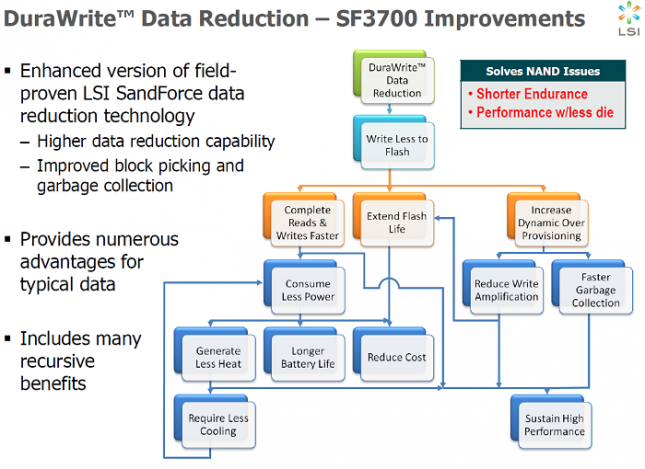
The DuraWrite technology has been improved to assist in the extension of the NAND life which is important when moving to smaller and smaller NAND lithography. The back-end is the NAND interface with all of the functions associated with NAND such as error correction.
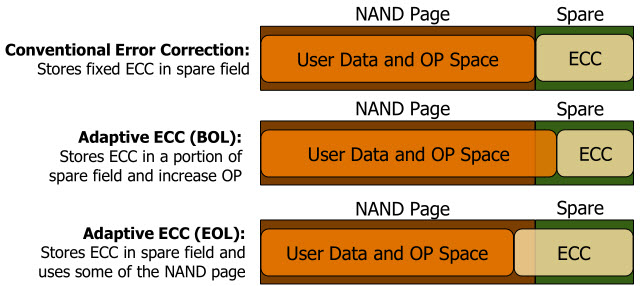
Added for this generation is the SHIELD error correction technology which LSI touts is the strongest SSD ECC available. As NAND lithography shrinks, the number of errors rise so this is a critical function. The adaptive nature of SHIELD partners with DuraWrite to flex the spare area to boost performance and longevity. It also can leverage the spare area in different ways as the drive ages to maximize performance. To supplement SHIELD, the controller also utilizes RAISE (Redundant Array of Independent Silicone Elements) to protect the data from unrecoverable ECC failures that SHIELD was unable to address.
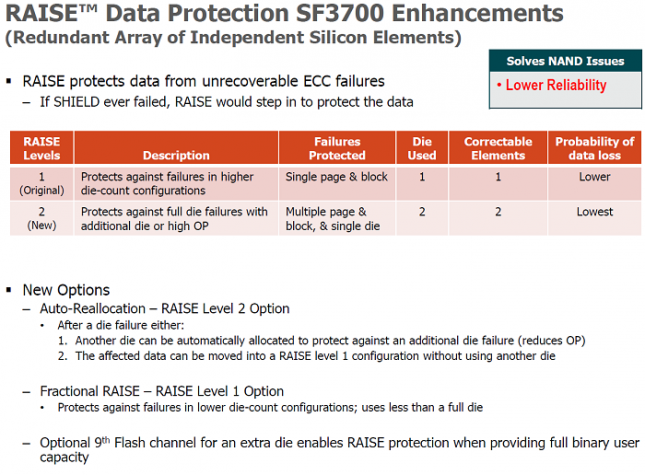
This existed in previous versions of the SandForce controllers but now protects against full die failures as well as multiple page and block in addition to the existing single page and block.
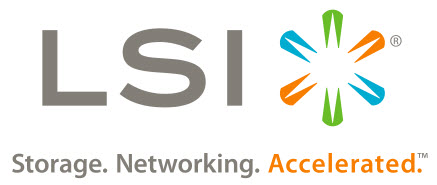
All in all, it’s exciting to finally see this third generation of SandForce SF3700 controllers emerge and we look forward to getting some hardware samples to test out and see how it fares out in the wild. Again, we’re told that mass production of OEM drives featuring these new controllers will occur in the first half of 2014 and we’d be shocked if we didn’t see at least a few of these on display at CES in January. LSI has reference designs already built (M.2 2280, HHHL and 2.5-inch drives), so we are hopeful that retail product will be shown off real soon by their partners.
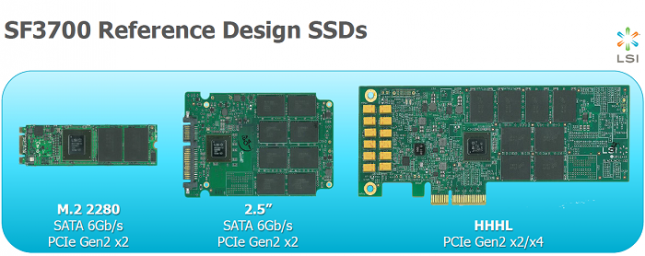
We expect to see a lot more consumer level PCIe drives in 2014 and this controller is part of the reason. Until then, we’ll have to wait like everyone else to see how many announcements come out from various manufacturers about their new SF3700 based hardware.
